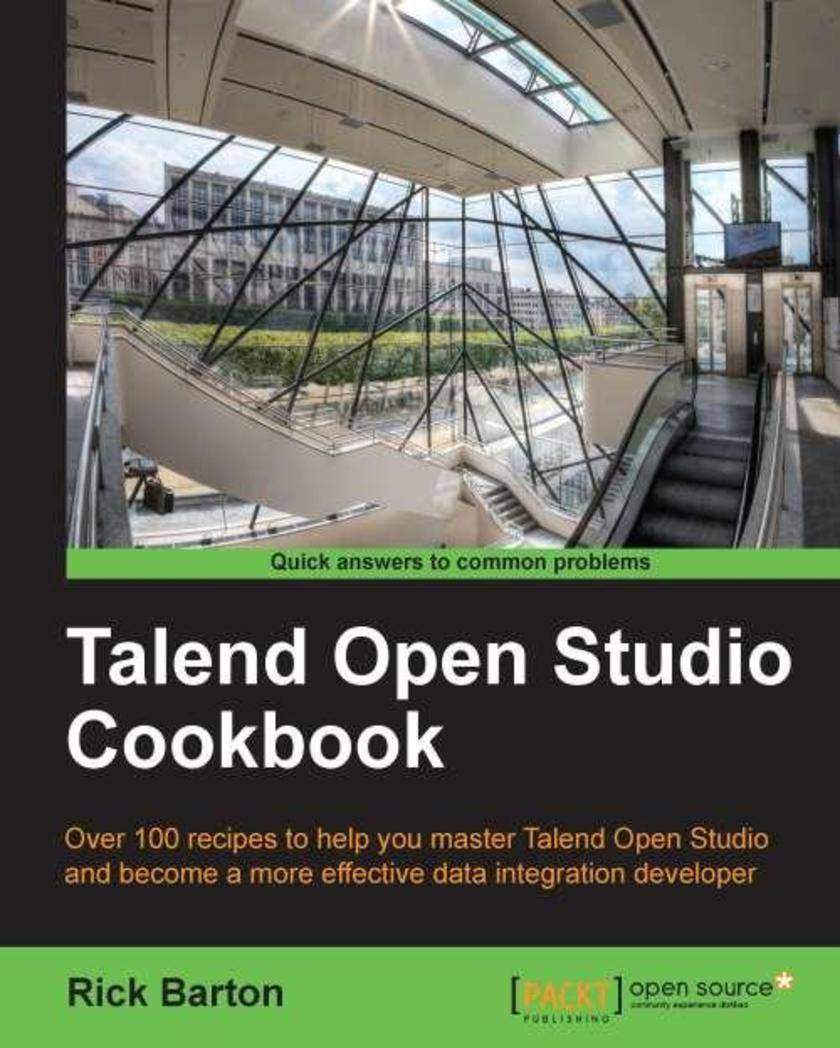
Talend OpenStudio Cookbook
¥80.65
Primarily designed as a reference book, simple and effective exercises based upon genuine real-world tasks enable the developer to reduce the time to deliver the results. Presentation of the activities in a recipe format will enable the readers to grasp even the complex concepts with consummate ease.Talend Open Studio Cookbook is principally aimed at relative beginners and intermediate Talend Developers who have used the product to perform some simple integration tasks, possibly via a training course or beginner's tutorials.
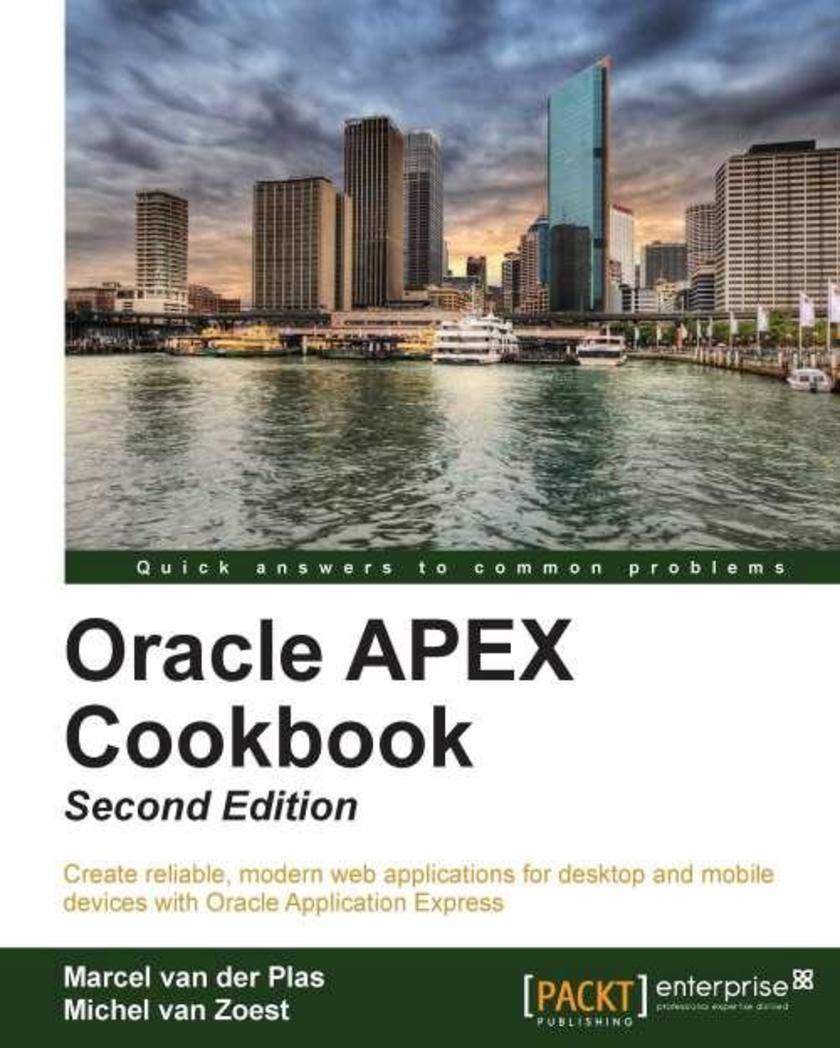
Oracle APEX 4.2 Cookbook : Second Edition
¥107.90
As a Cookbook, this book enables you to create APEX web applications and to implement features with immediately usable recipes that unleash the powerful functionality of Oracle APEX 4.2. Each recipe is presented as a separate, standalone entity and the reading of other, prior recipes is not required.It can be seen as a reference and a practical guide to APEX development.This book is aimed both at developers new to the APEX environment and at intermediate developers. More advanced developers will also gain from the information at hand.If you are new to APEX you will find recipes to start development and if you are an experienced user you will find ways to improve your productivity and efficiency and make the most of APEX to enhance your applications.A little knowledge of PL/SQL, HTML and JavaScript is assumed.
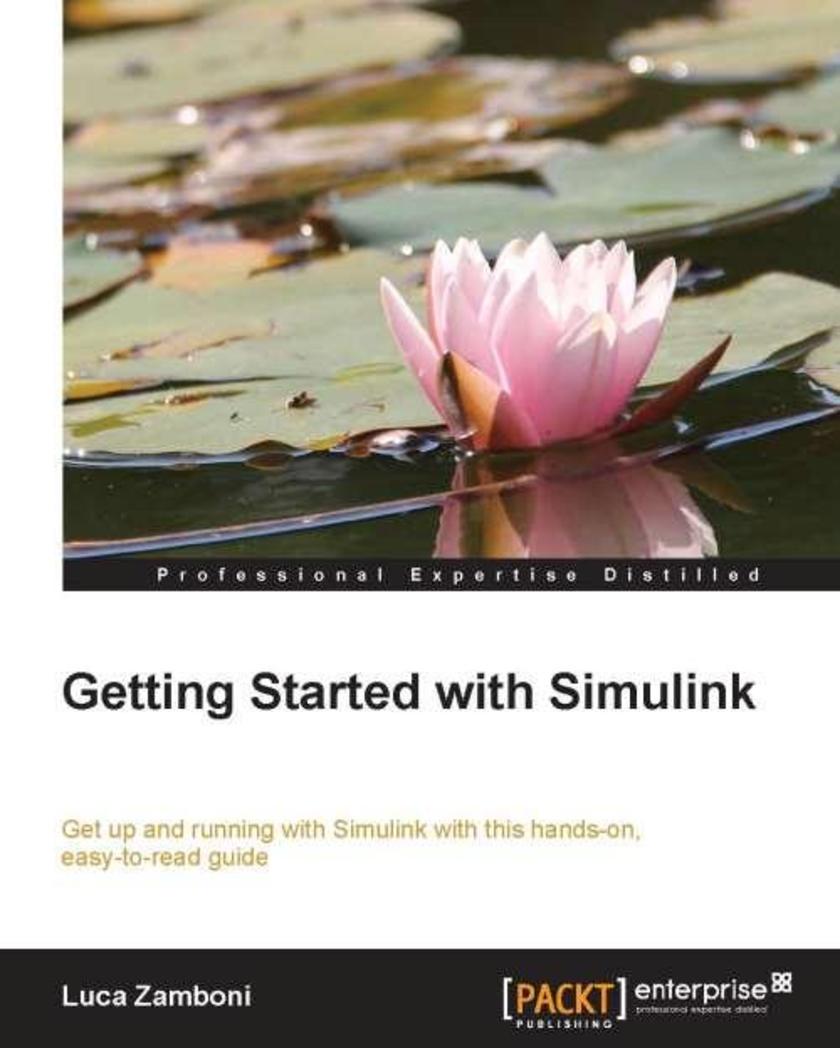
Getting started with Simulink
¥63.21
This practical and easy-to-understand learning tutorial is one big exciting exercise for students and engineers that are always short on their schedules and want to regain some lost time with the help of Simulink.This book is aimed at students and engineers who need a quick start with Simulink. Though it's not required in order to understand how Simulink works, knowledge of physics will help the reader to understand the exercises described.
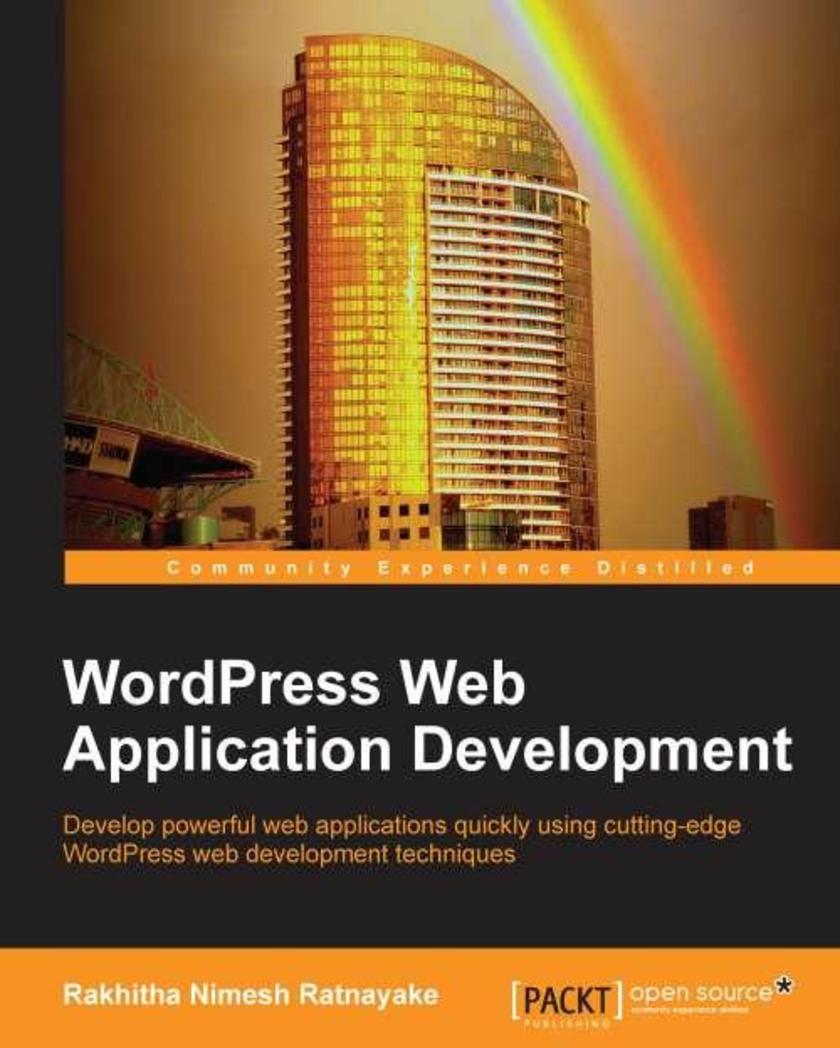
WordPress Web Application Development
¥80.65
An extensive, practical guide that explains how to adapt WordPress features, both conventional and trending, for web applications.This book is intended for WordPress developers and designers who have the desire to go beyond conventional website development to develop quality web applications within a limited time frame and for maximum profit. Experienced web developers who are looking for a framework for rapid application development will also find this to be a useful resource. Prior knowledge with of WordPress is preferable as the main focus will be on explaining methods for adapting WordPress techniques for web application development rather than explaining basic skills with WordPress.
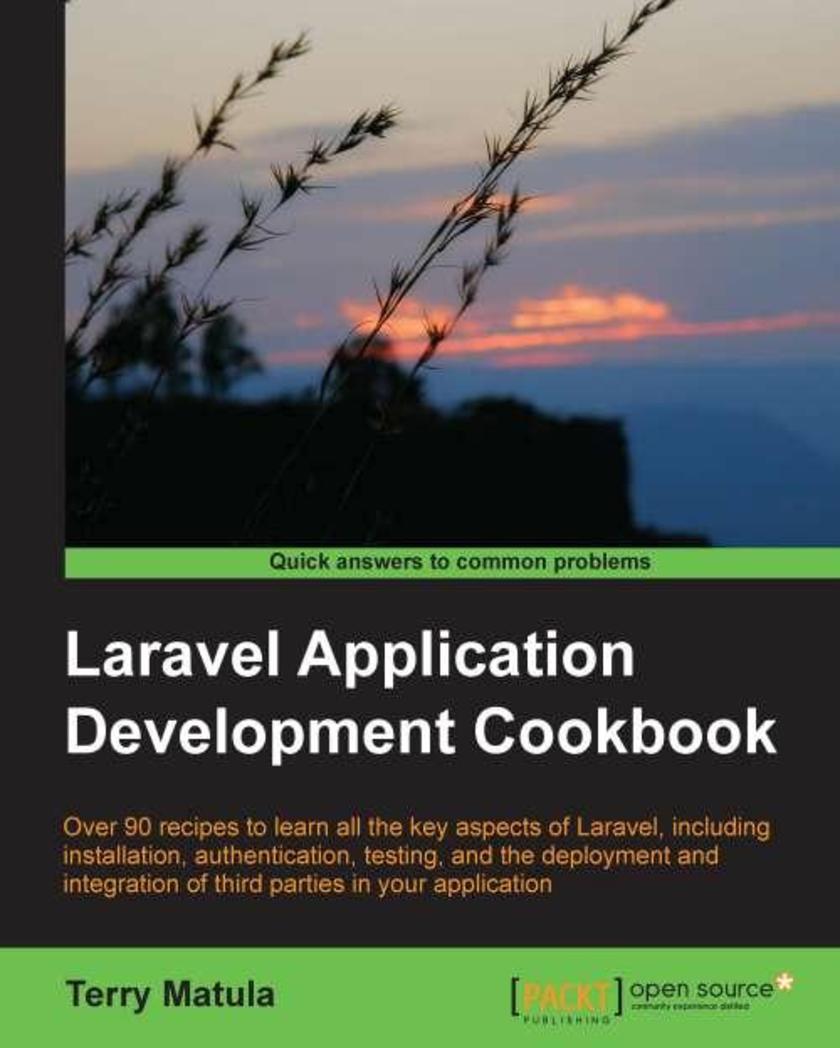
Laravel Application Development Cookbook
¥80.65
Get to grips with a new technology, understand what it is and what it can do for you, and then get to work with the most important features and tasks.A short and precise guide to get you started with EaselJS , helping you to create some cool applications and games.EaselJS greatly simplifies application development in HTML5 Canvas using a syntax and an architecture very similar to the ActionScript 3.0 language. As a result, Flash / Flex developers will immediately feel at home but it’s very easy to learn even if you've never opened Flash in your life. The book targets Web designers, animators, Digital content producers, and Flash and Flex developers.

GNS3 Network Simulation Guide
¥59.94
GNS3 Network Simulation Guide is an easy-to-follow yet comprehensive guide which is written in a tutorial format helping you grasp all the things you need for accomplishing your certification or simulation goal. If you are a networking professional who wants to learn how to simulate networks using GNS3, this book is ideal for you. The introductory examples within the book only require minimal networking knowledge, but as the book progresses onto more advanced topics, users will require knowledge of TCP/IP and routing.
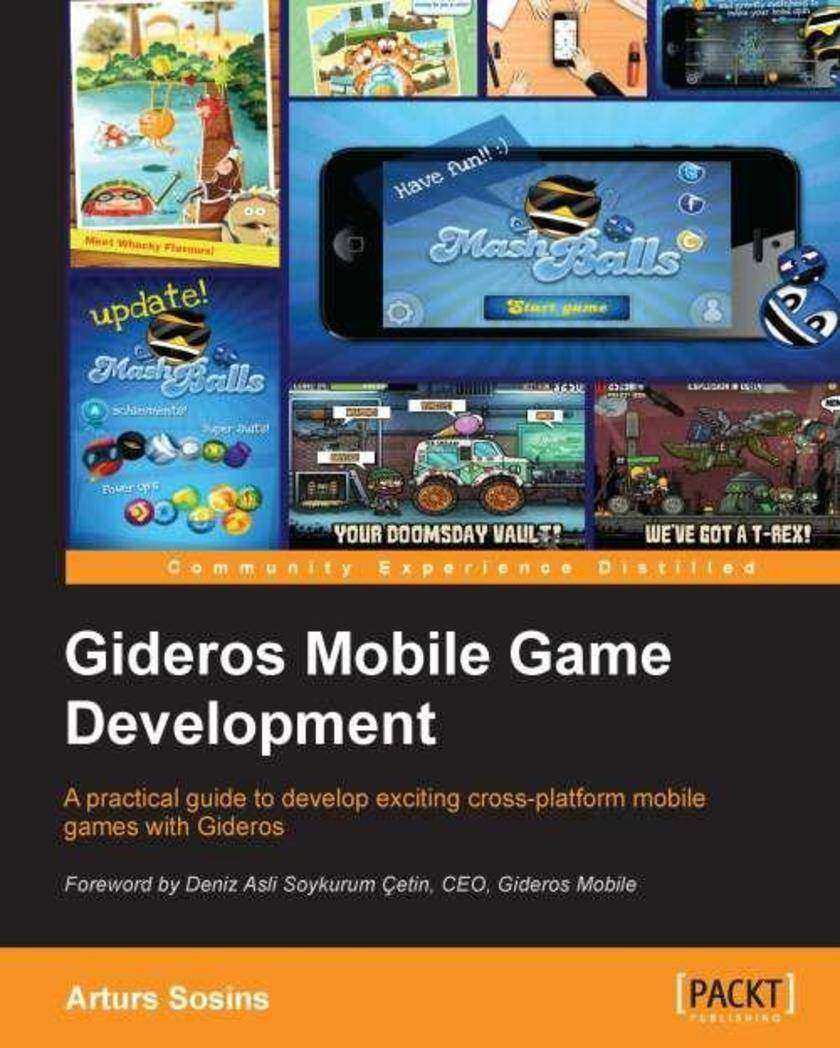
Gideros Mobile Game Development
¥63.21
This book is a detailed guide to create and deploy mobile games on multiple mobile platforms with an emphasis on practical examples that help you learn how to make your own games quickly and efficiently.This book is for developers who are new to mobile game development or who have tried the native development of mobile games and want a simpler, faster tool that can support a wide variety of platforms and devices. Readers are expected to be at least partially familiar with the Lua game *ing language that Gideros uses for its *s.
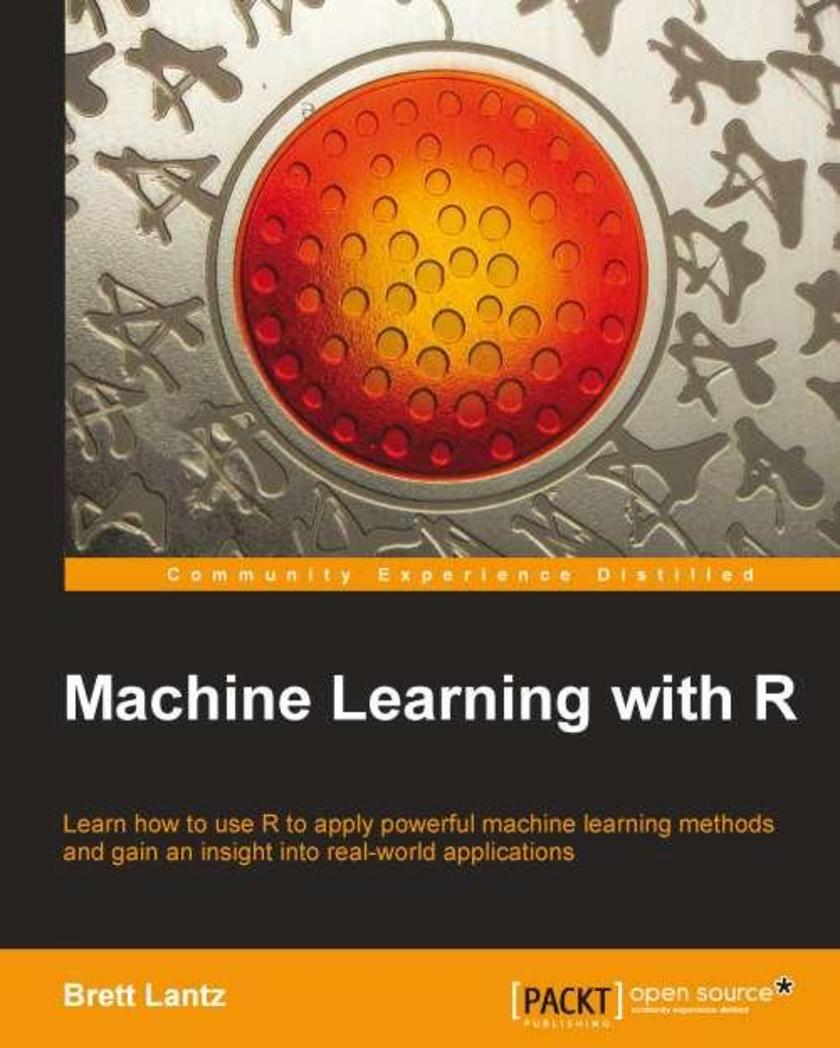
Machine Learning with R
¥99.18
Written as a tutorial to explore and understand the power of R for machine learning. This practical guide that covers all of the need to know topics in a very systematic way. For each machine learning approach, each step in the process is detailed, from preparing the data for analysis to evaluating the results. These steps will build the knowledge you need to apply them to your own data science tasks.Intended for those who want to learn how to use R's machine learning capabilities and gain insight from your data. Perhaps you already know a bit about machine learning, but have never used R; or perhaps you know a little R but are new to machine learning. In either case, this book will get you up and running quickly. It would be helpful to have a bit of familiarity with basic programming concepts, but no prior experience is required.

iCloud Standard Guide
¥66.48
An easy-to-use guide, filled with tutorials that will teach you how to set up and use iCloud, and profit from all of its marvellous features.This book is for anyone with basic knowledge of computers and mobile operations. Prior knowledge of cloud computing or iCloud is not expected.
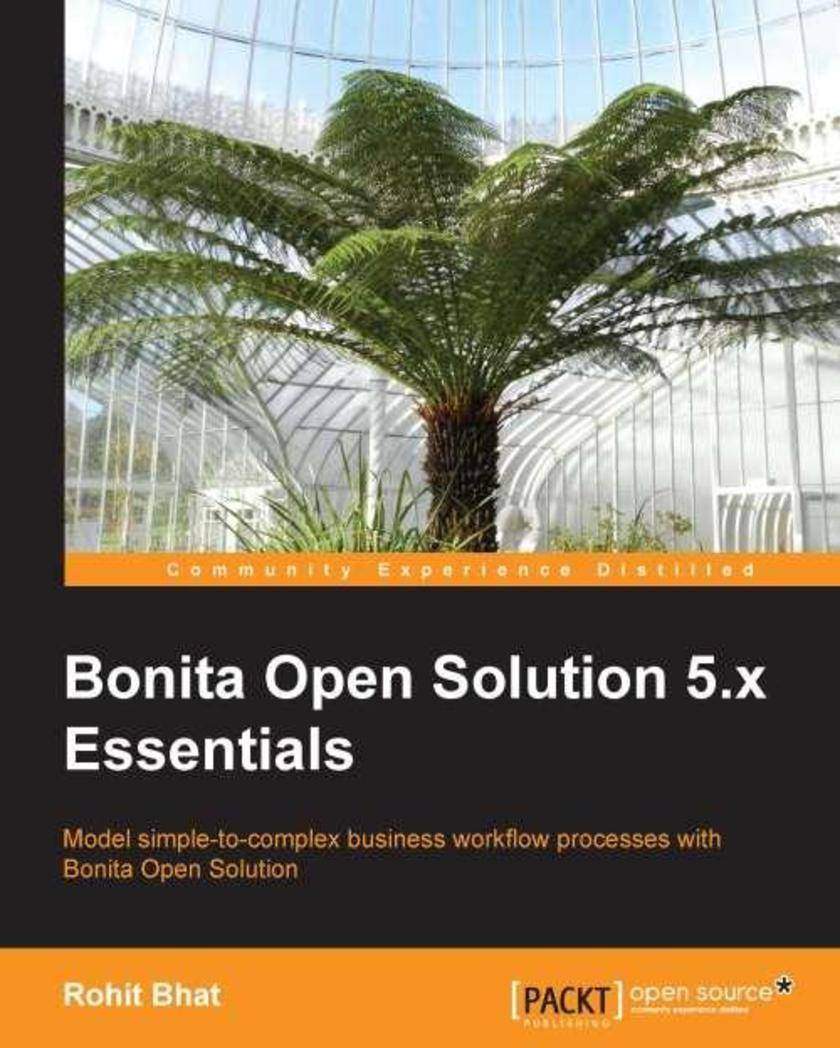
Bonita Open Solution 5.x Essentials
¥63.21
A practical, intuitive guide for modeling complex business processes as full-scale applications using the ease and power of Bonita Open Solution.If you are a business application developer looking forward to model business processes intuitively in a workflow, with various conditions and transitions then this book is for you. Basic knowledge of Java or Groovy is necessary to help you develop these applications. Knowledge of HTML and JavaScript/JQuery will be helpful but not mandatory.

Instant Sencha Touch
¥41.41
Get to grips with a new technology, understand what it is and what it can do for you, and then get to work with the most important features and tasks. This book is a practical, step by step tutorial that will get you to use Sencha Touch core components quickly and efficiently.Instant Sencha Touch is for hobbyists who want to explore the capabilities of Sencha Touch. No prior knowledge of Sencha Touch is assumed. This book is simultaneously helpful for developers as well who want to quickly learn about Sencha Touch Framework. The book is structured in such a way that amateurs as well as experts will be able to use it as a reference.
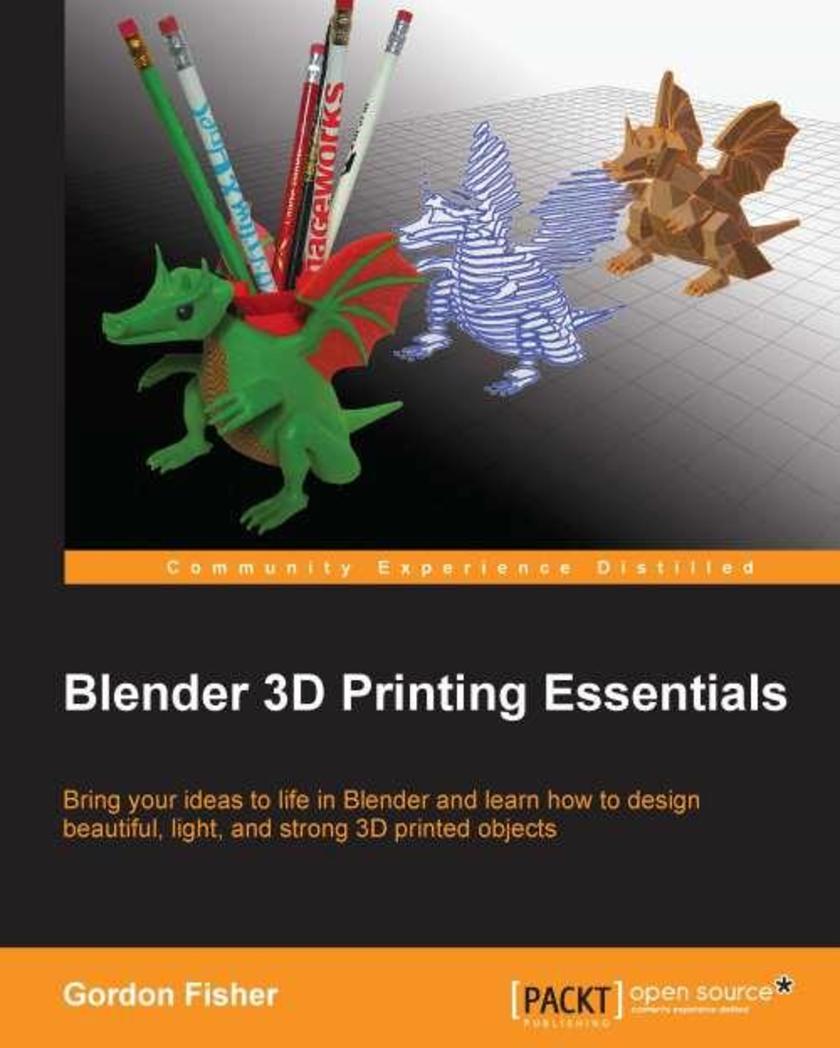
Blender 3D Printing Essentials
¥63.21
This book adopts a practical approach, with the use of step-by-step instructions to help guide readers. There are lots of screenshots covering each and every step needed to design a high-quality model in Blender for 3D printing.If you are a Blender user or someone who wants to use Blender to make 3D objects suitable for 3D printing, this book is ideal for you. You should already be comfortable with basic modeling in Blender - including using modifiers - although advanced skills are not required. All of the models that you will need are explored in-depth. This book does not assume that you will use any specific printer and teaches the general principles common to building models for most printers. It also gives you tips on discovering the requirements of the specific printer you will be using.
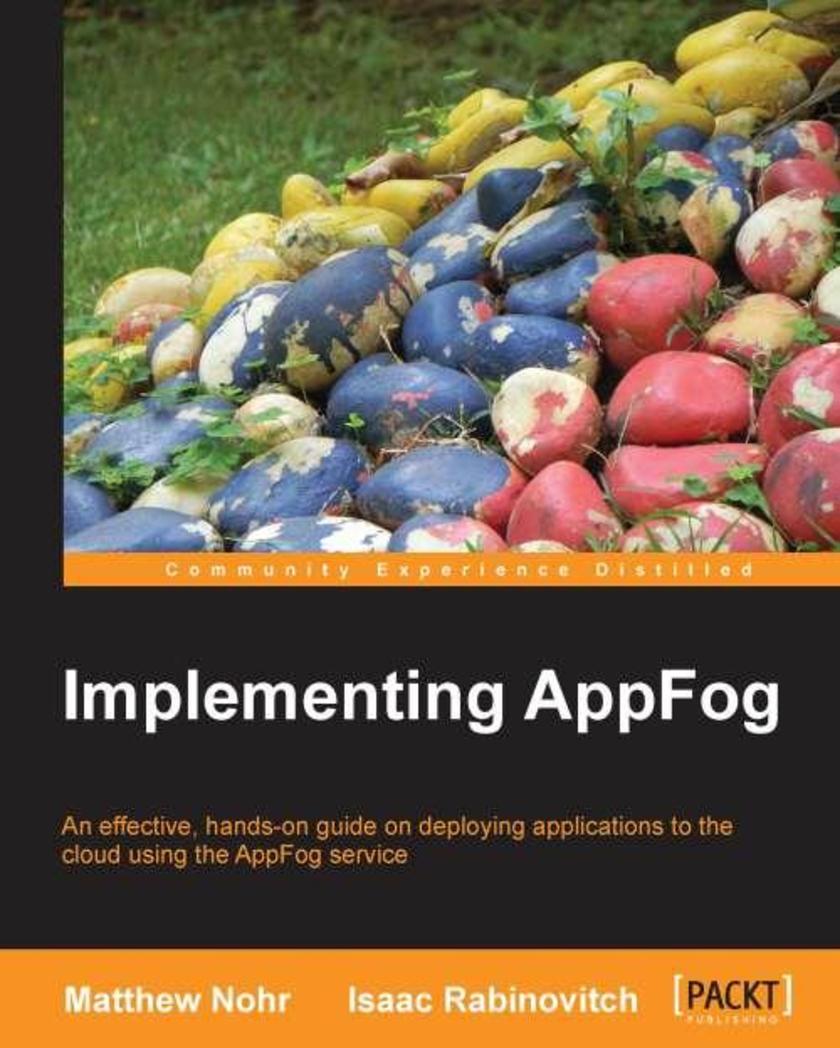
Implementing AppFog
¥54.49
This book is a practical, hands-on guide to implementing and deploying apps on the AppFog platform.Implementing AppFog is for developers who want to be able to upload applications to the cloud, and for implementation specialists, who implement and deploy apps on the AppFog platform. It is best to have Ruby installed, but we will walk you through the installation process if you do not already have it. It would be ideal to have some knowledge of cloud computing and know about the basics of database and network deployment.
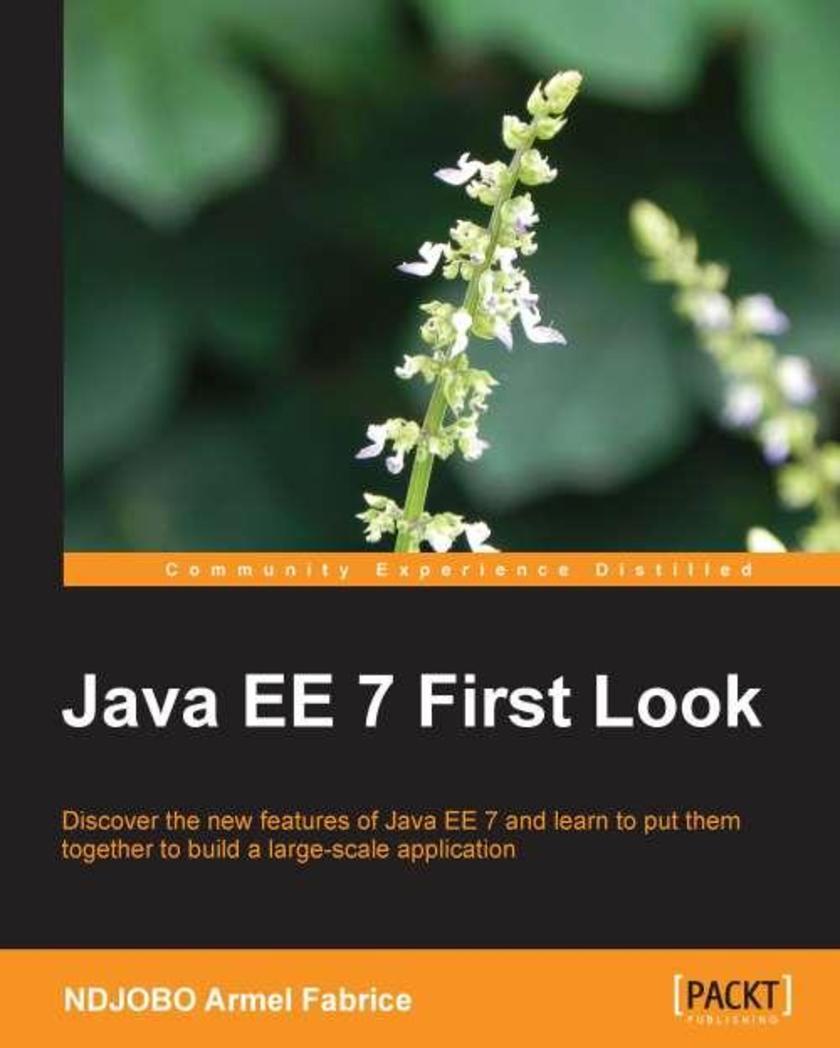
Java EE 7 First Look
¥71.93
An easy-to-follow guide to reveal the new features of Java EE 7 and how to efficiently utilize them.Given the main objectives pursued, this book targets three groups of people with a knowledge of the Java language. They are:Beginners in the Java EE platform who would like to have an idea about the main specifications of Java EE 7.Developers who have experimented with previous versions of Java EE and who would like to explore the new features of Java EE 7.Building architects who want to learn how to put together the various Java EE 7 specifications for building robust and secure enterprise applications

Troubleshooting vSphere Storage
¥71.93
This is a step-by-step example-oriented tutorial aimed at showing the reader how to troubleshoot a variety of vSphere storage problems, and providing the reader with solutions that can be completed with minimal effort and time in order to limit damage to work.If you are a vSphere administrator, this is the book for you. This book will provide you with 'need to know' information about the various storage transports that ESXi utilizes, the tools and techniques we can use to identify problems, and the fundamental knowledge and steps to take to troubleshoot storage-related issues. Prior knowledge of the VMWare environment is assumed.
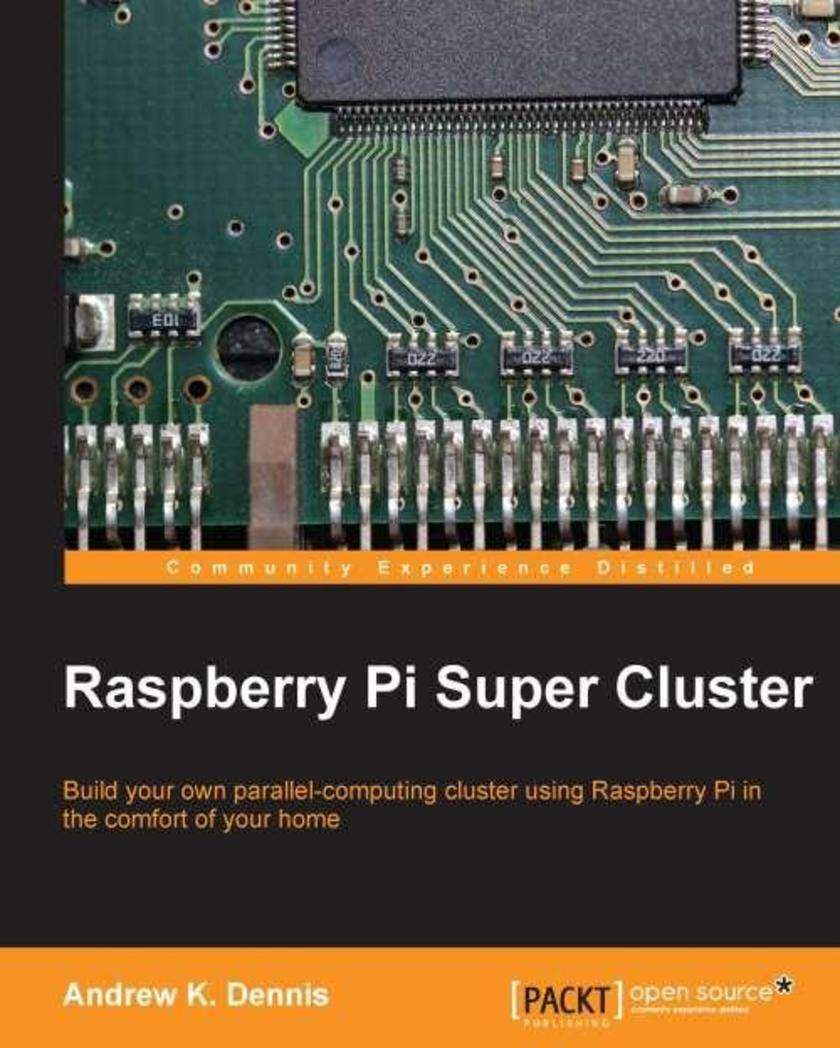
Raspberry Pi Super Cluster
¥63.21
This book follows a step-by-step, tutorial-based approach which will teach you how to develop your own super cluster using Raspberry Pi computers quickly and efficiently.Raspberry Pi Super Cluster is an introductory guide for those interested in experimenting with parallel computing at home. Aimed at Raspberry Pi enthusiasts, this book is a primer for getting your first cluster up and running. Basic knowledge of C or Java would be helpful but no prior knowledge of parallel computing is necessary.
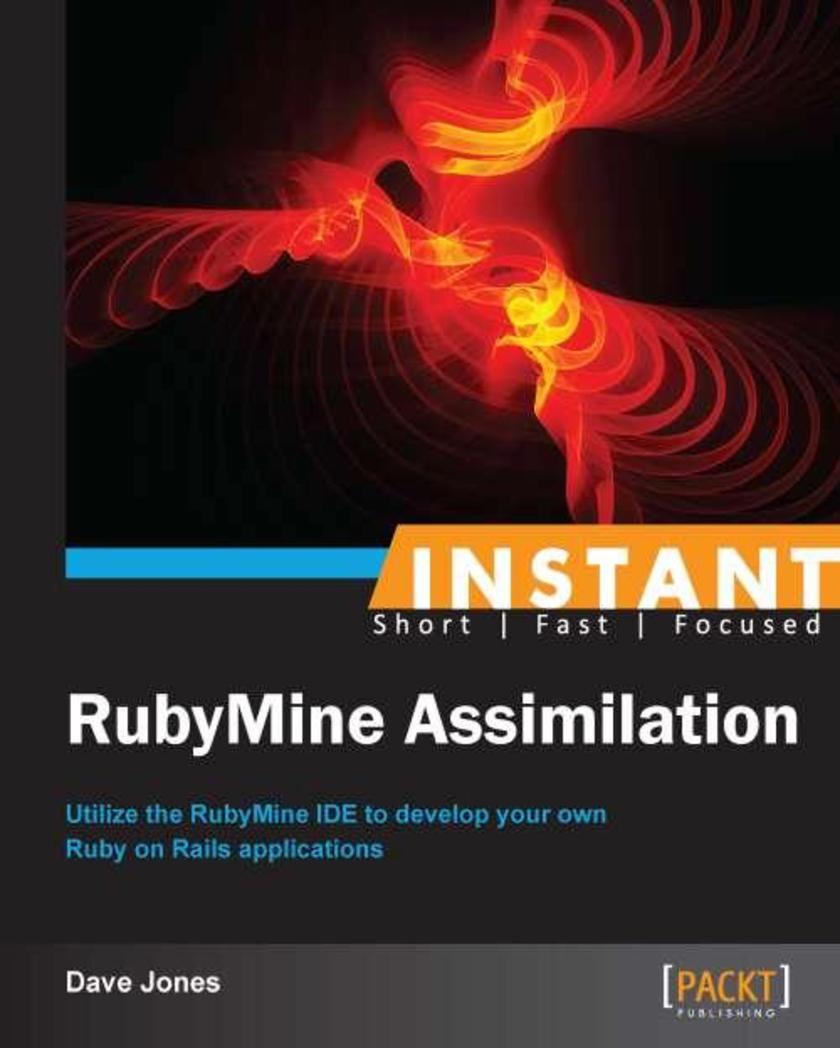
Instant RubyMine
¥45.77
Filled with practical, step-by-step instructions and clear explanations for the most important and useful tasks. Get the job done and learn as you go. A practical guide comprising of easy-to-follow recipes which provide concise and clear steps to help you enter the world of RubyMine.Instant RubyMine is ideal for you, if you are new to RubyMine or well acquainted with the technology. All you need is basic knowledge of writing in Ruby or Ruby on Rails.

Learning Bing Maps API
¥63.21
This is a practical, hands-on guide with illustrative examples, which will help you explore the vast universe of Bing maps.If you are a developer who wants to learn how to exploit the numerous features of Bing Maps then this book is ideal for you. It can also be useful for more experienced developers who wish to explore other areas of the APIs. It is assumed that you have some knowledge of JavaScript, HTML, and CSS. For some chapters a working knowledge of .Net and Visual Studio is also needed.

Instant JRebel
¥45.77
Filled with practical, step-by-step instructions and clear explanations for the most important and useful tasks. This book is an easy-to-follow guide full of hands-on examples of real-world Java development tasks. Each topic is explained and placed in context, and for the more inquisitive readers, there are more-in-depth details of the concepts used.If you have experience in Java desktop or web application development based on Servlets and you want to update your code instantly without recompiling and redeploying the code, this book is for you.
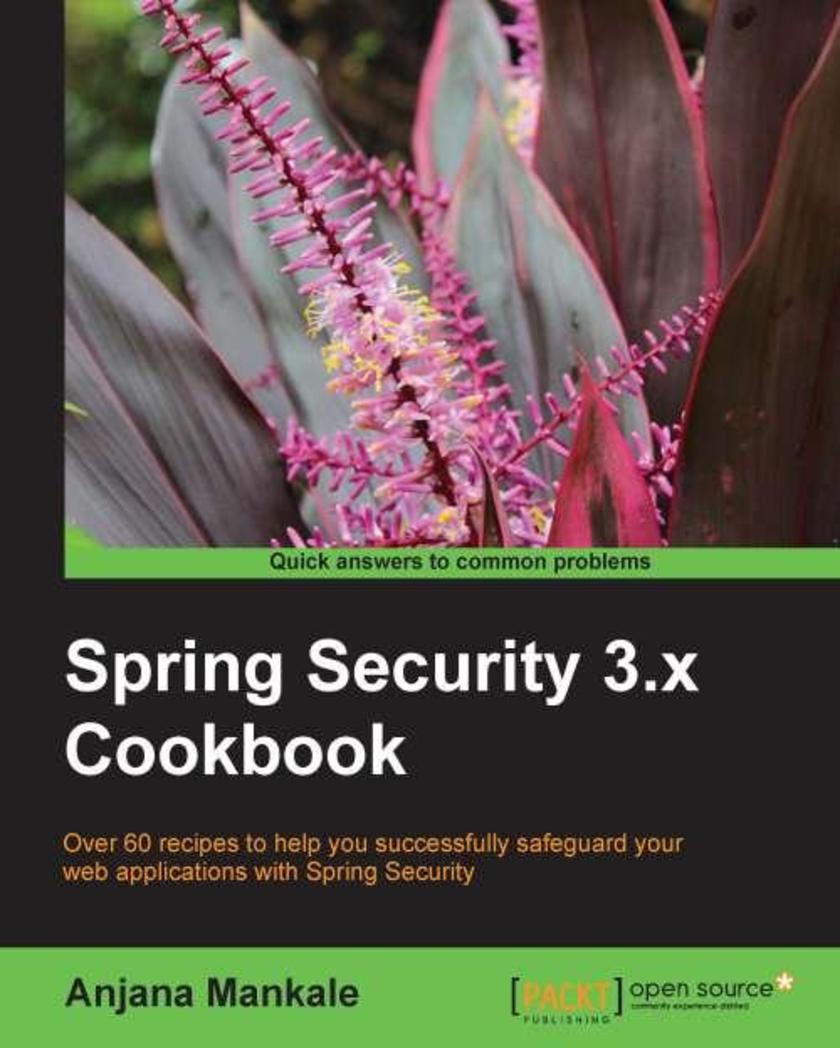
Spring Security 3.x Cookbook
¥90.46
This book follows a cookbook style exploring various security solutions provided by Spring Security for various vulnerabilities and threat scenarios that web applications may be exposed to at the authentication and session level layers.This book is for all Spring-based application developers as well as Java web developers who wish to implement robust security mechanisms into web application development using Spring Security.Readers are assumed to have a working knowledge of Java web application development, a basic understanding of the Spring framework, and some knowledge of the fundamentals of the Spring Security framework architecture. Working knowledge of other web frameworks such as Grails and so on would be an added advantage to exploit the whole breadth of recipes provided in this book, but this is not mandatory.
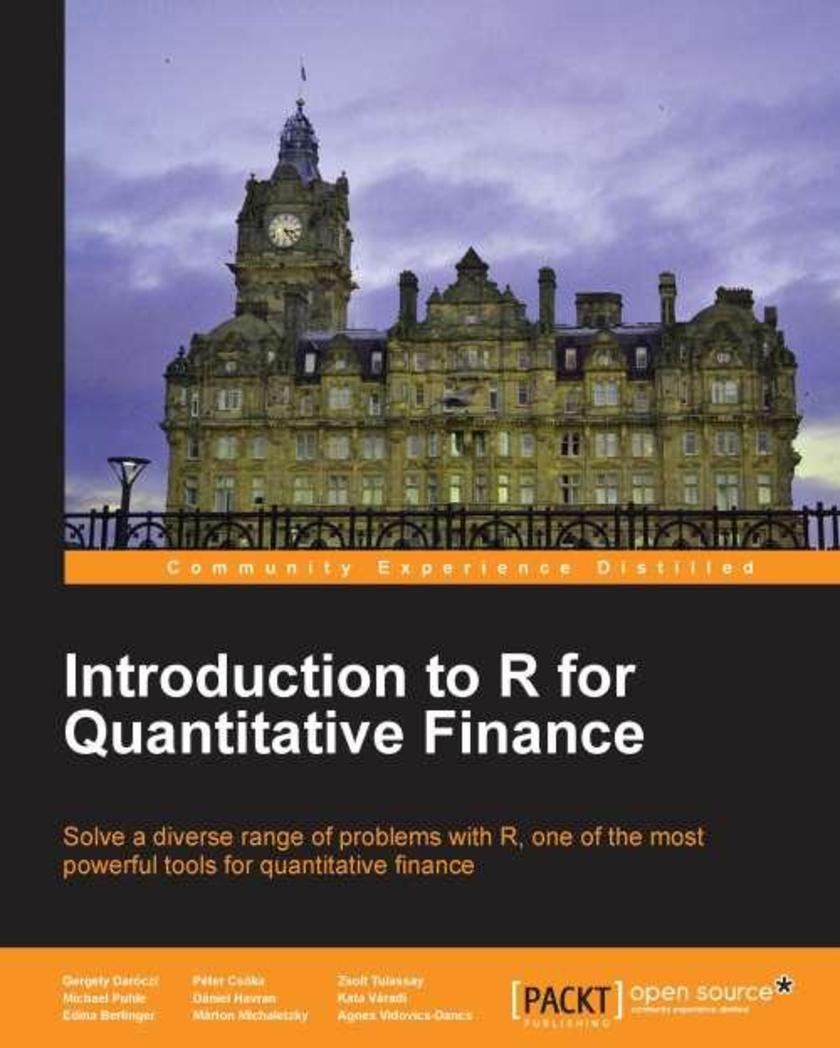
Introduction to R for Quantitative Finance
¥71.93
This book is a tutorial guide for new users that aims to help you understand the basics of and become accomplished with the use of R for quantitative finance.If you are looking to use R to solve problems in quantitative finance, then this book is for you. A basic knowledge of financial theory is assumed, but familiarity with R is not required. With a focus on using R to solve a wide range of issues, this book provides useful content for both the R beginner and more experience users.




 购物车
购物车 个人中心
个人中心



